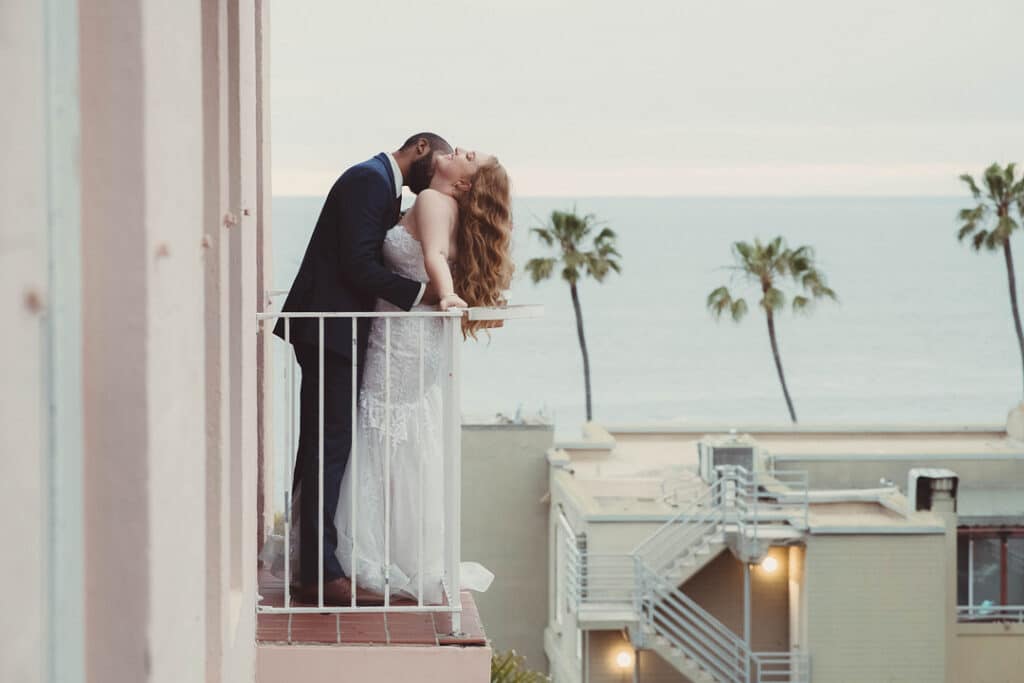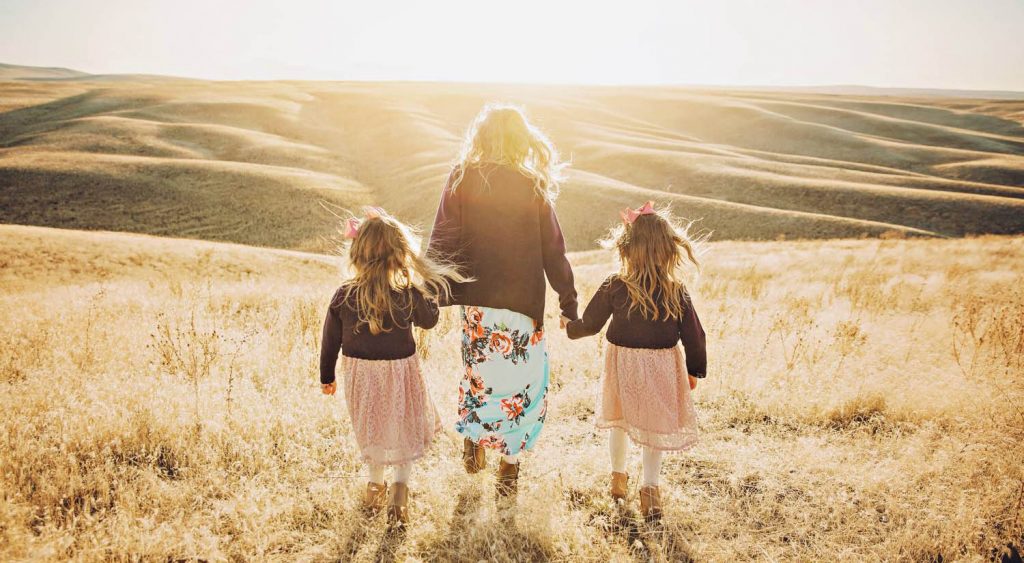
Learn how to photograph special needs families! Offer a 100% custom-tailored photography experience using these 7 steps from Danielle Torres.
“HE’S SMILING AT ME!”
That’s what my heart was yelling the first time my kid-client *Evan looked straight into my lens and grinned a big, happy kid-grin.
Sure, I was used to photographing big smiles and belly laughs.
But Evan has autism, and smiling at the camera just wasn’t super comfortable for him. He’d never done it before.
Year after year I’d made photos of Even running, jumping, playing, hugging his parents… but the day he smiled at me, I felt like I’d struck gold.
So when I saw Danielle Torres’ photos of special needs kiddos, I had to reach out to her. My own experience has shown me that these uniquely wonderful humans need a uniquely thoughtful approach to their photo sessions. And I wanted to know everything she could tell me about how she crafts a one-of-a-kind client experience for each one-of-a-kind kid.
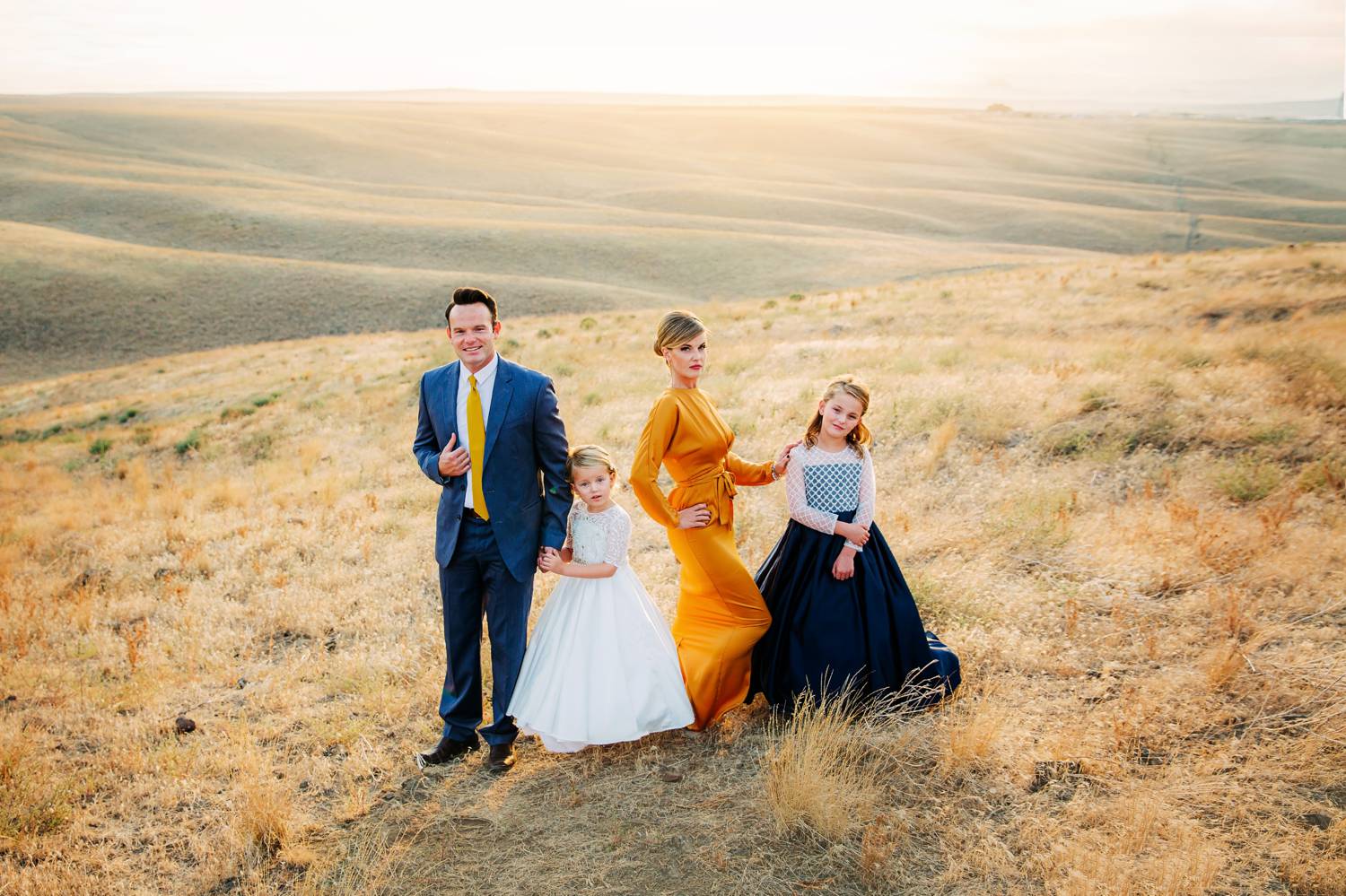
Danielle Torres
What makes special needs families so… special?
“When I work with special-needs families,” shares Danielle, “I love to dive in to really gain an understanding of what makes each person tick.”
This kind of customized approach is 100% necessary, because special needs folks are not a monolith—no one person represents all people with additional needs.
Special needs clients represent a broad range of abilities. And we, as professional photographers, have the remarkable opportunity to tailor every photo experience to each client’s needs.
7 creative ways to photograph special needs kids
Danielle has a beautifully thought-through workflow for her client-families, and it begins with communication…
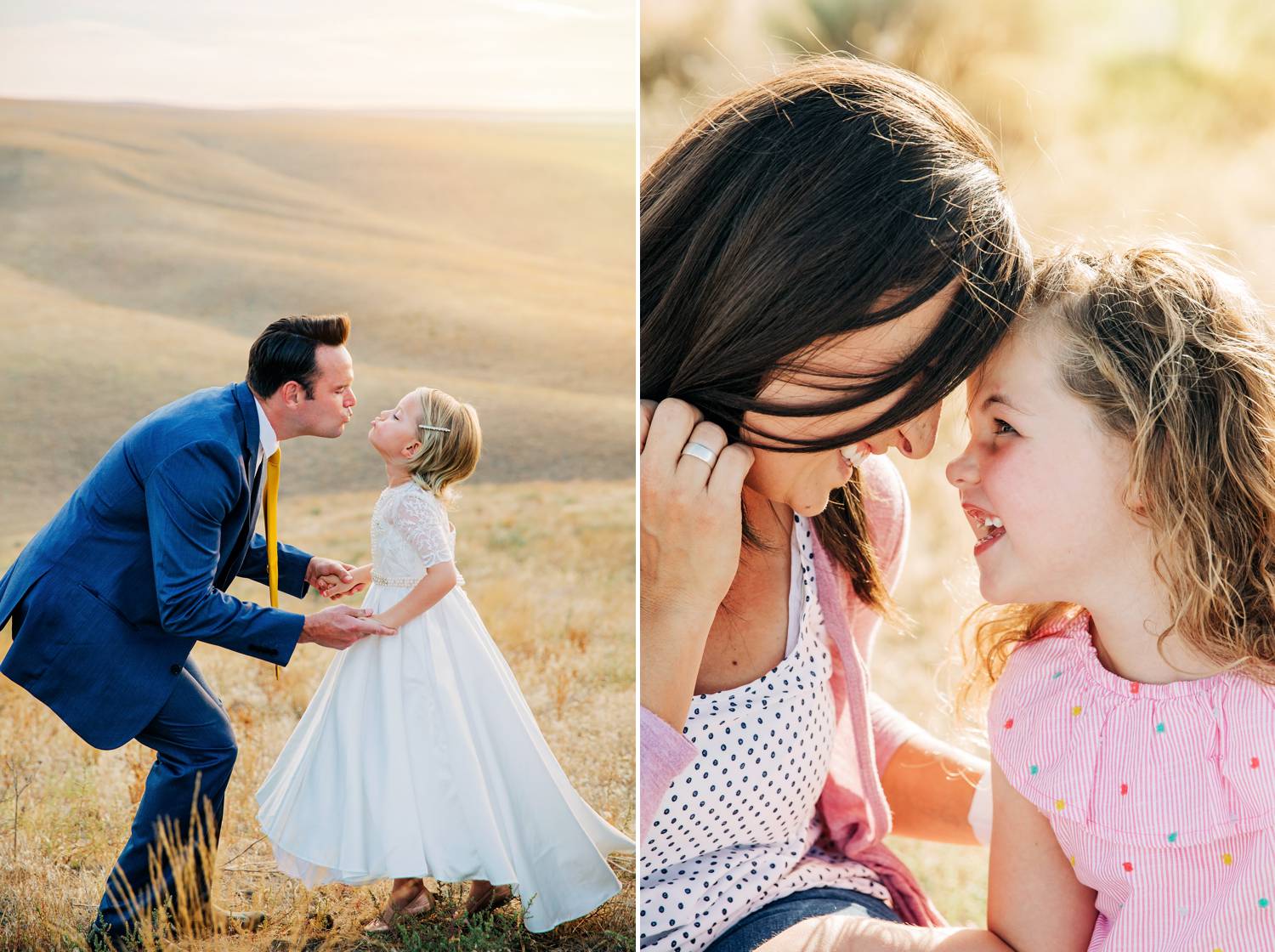
Danielle Torres
#1: Chat about your photography style
Danielle explains, “One of the biggest differences in working with special-needs families is the time I spend preparing the parents for what to expect. I explain that they do not need to worry about getting their child to sit perfectly still and smile at the camera.”
I’ve found that it’s best to get face-to-face or voice-to-voice for this conversation. (Calls or video chats work great!) Invest time into personalized communication, and you’ll earn your clients’ trust from the start.
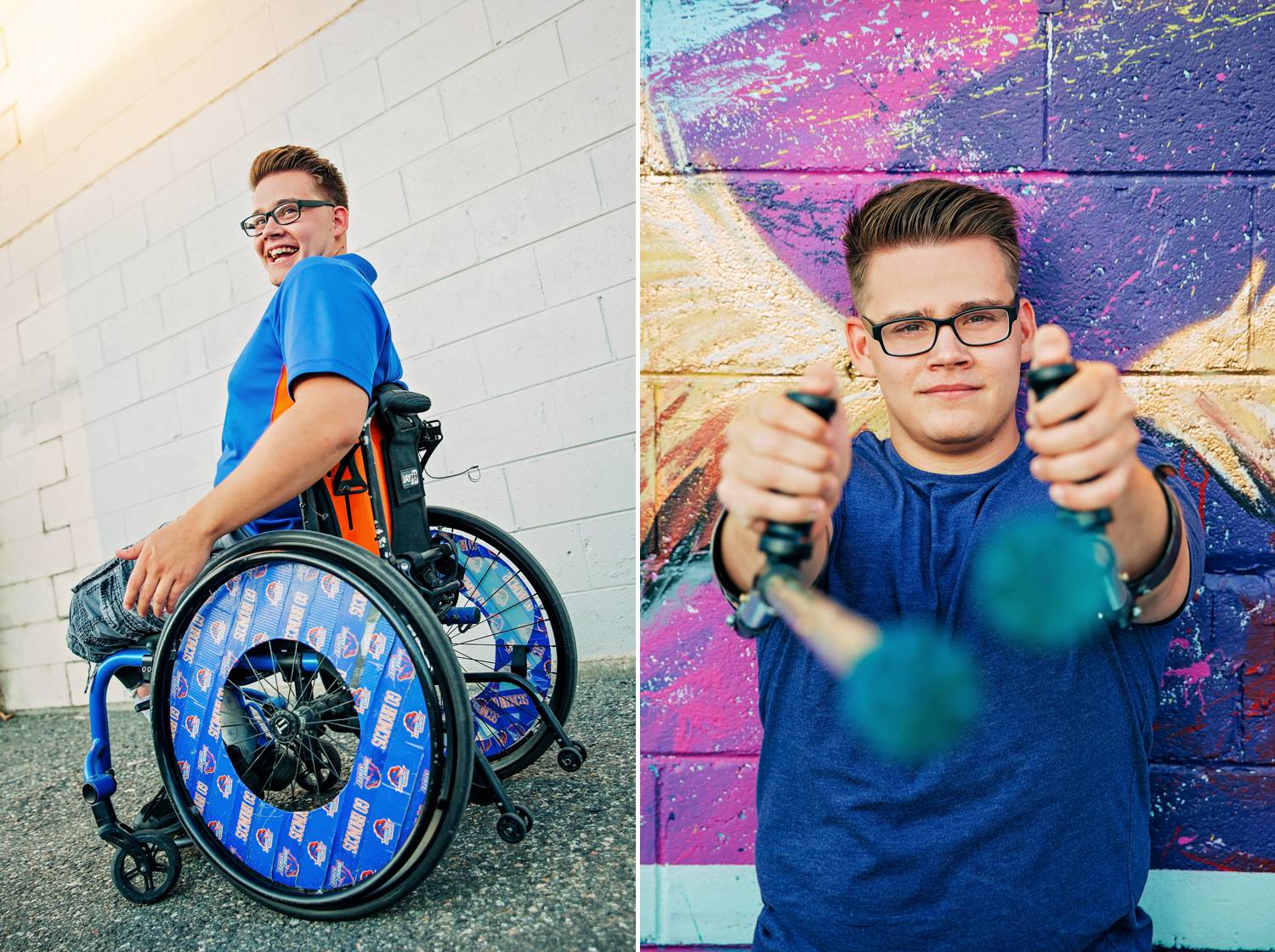
Danielle Torres
#2: Learn the language
In her client consultation, Danielle asks the parents to describe the verbiage they use at home for directing their child’s attention or affirming certain behavior.
“Many times, there is already an established repertoire of vocabulary that has been set in place by their therapist and other support professionals,” Danielle explains. In addition:
“I love asking the parents about their child’s superpowers. These kids not only have special needs; they have special abilities, too! And what parent doesn’t love bragging about their awesome kids?!”
Danielle is looking for details like:
- Is your child a pro at making people smile?
- Do they know infinite facts about birds?
- Have they memorized full episodes of Paw Patrol?
- Do they have an amazing sense of rhythm?
She tells me: “Diving in and learning about their superpowers helps us connect better during the session.”
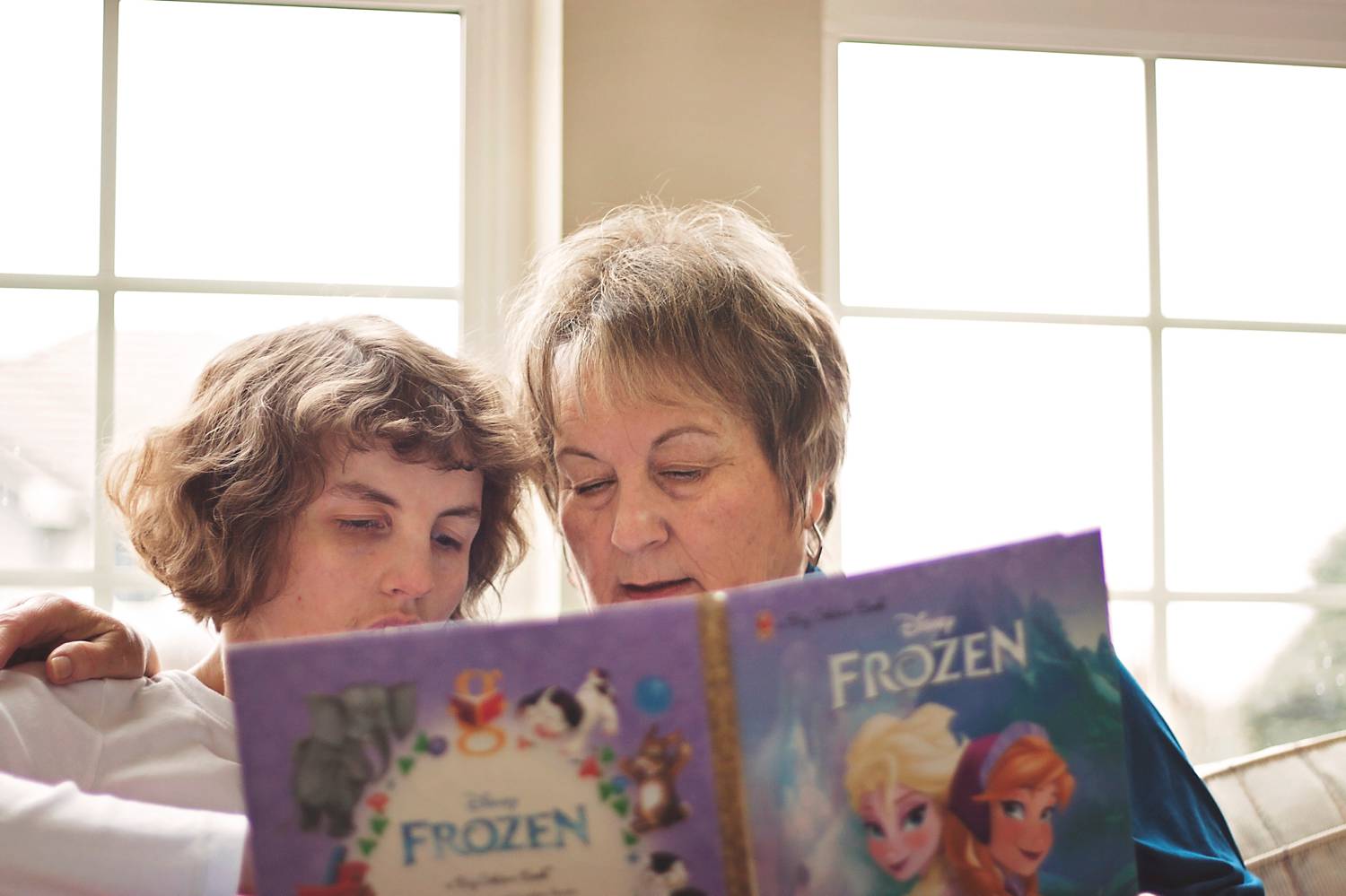
Danielle Torres
#3: Plan a play experience
A pre-planned play experience provides the framework for Danielle’s family sessions. Once she knows what kind of play her kid-clients love, she collaborates with the parents to create the perfect environment for fun photographs.
“It may look like a posed portrait in the final product,” she says, “but the path to get there is much more fluid.”
If you’re like me, you already prefer a natural approach to photographing families. But for some special needs kids, just being low-key and relaxed doesn’t cut it. You need to create a scenario that feels safe and enjoyable to them.
Mia’s play experience
“For spunky *Mia, autism can pose a challenge for activities like photo shoots. But I’ve learned that for some children with autism (and really just kids in general), it’s all about the story line and the magic of make-believe.
“The mom wanted a more formal vibe, so the idea of a pretend wedding was born. Mia would be the bride, her dad the groom, and I, of course, was the wedding photographer and officiant.
“Her parents laid the foundation days before so that Mia could be mentally prepared for her photos and get excited for her special day. There was a mini ‘ceremony’ performed by yours truly, a kiss, family formals, and even the first dance. They all had so much fun, and the pictures turned out just how the mom had hoped!”
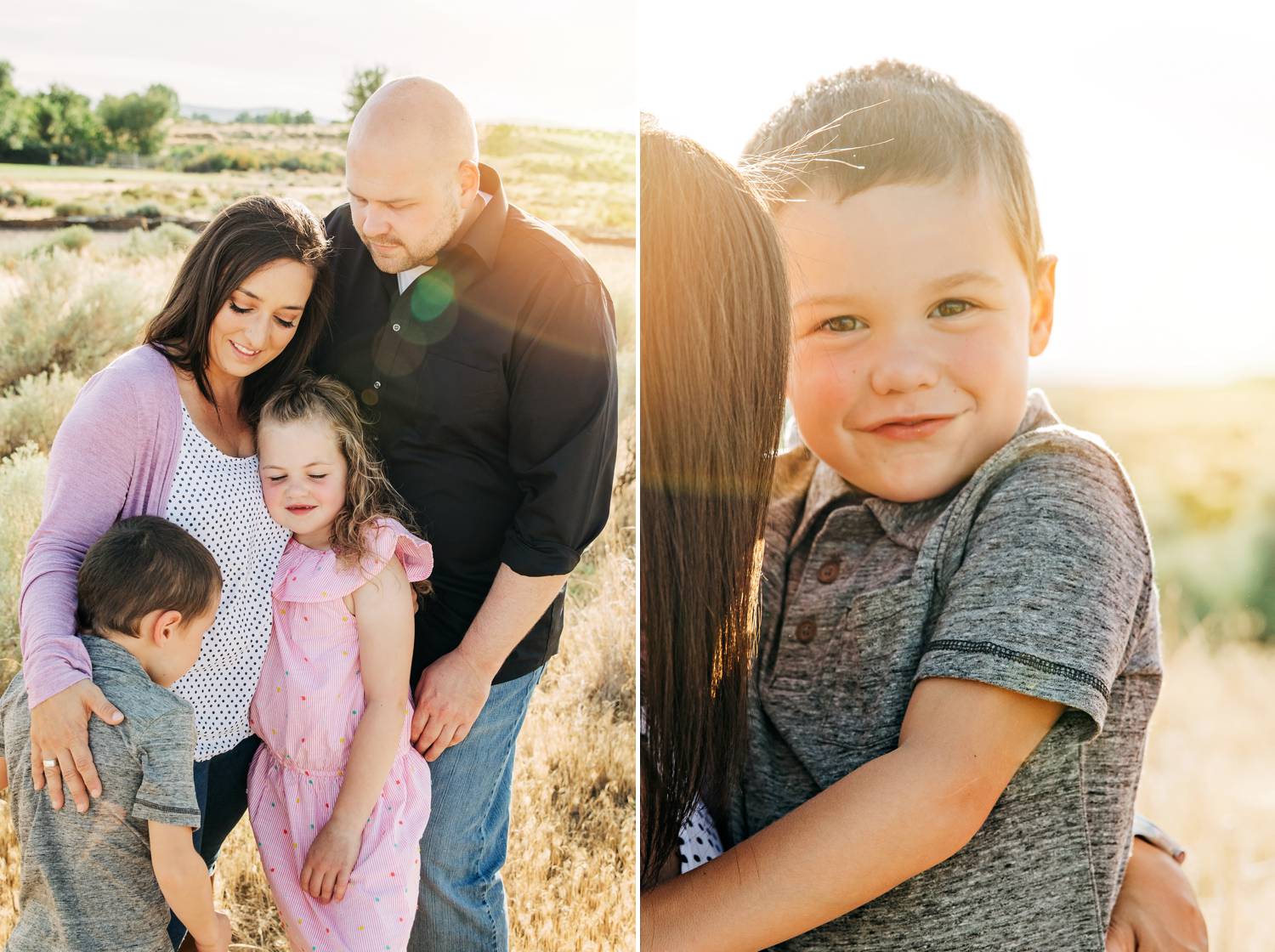
Danielle Torres
#4: Stay flexible
“Creativity and flexibility are the name of the game when it comes to working with special needs families,” emphasizes Danielle. “Not only do I need to be very flexible with my time frame, but I also need to have a bag full of tricks, play scenarios and ‘choreography’ ready to go. I never know what moods, triggers, and environmental challenges I might have to be prepared for!”
Part of staying flexible is scheduling plenty of time
With any kids photography, too-tight time slots can be a bad idea. It’s not that you can’t get perfect pictures from a 15-minute mini session; but when you’re running against a clock, there’s no space for a kid to recover from a tough emotion or even just get comfy with their surroundings.
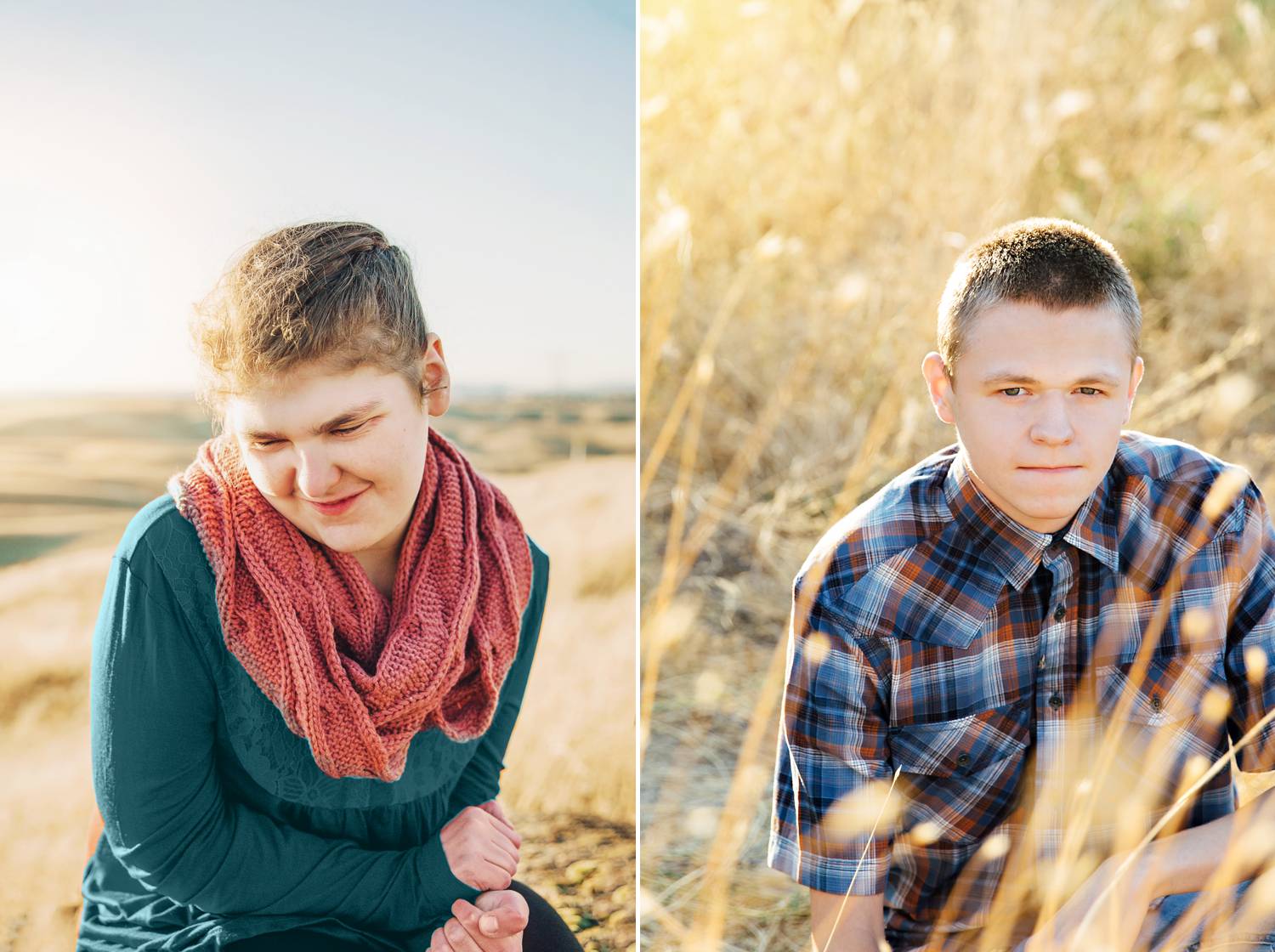
Danielle Torres
Here’s how to schedule session “windows”
A flexible time slot doesn’t mean you have to literally shoot for, say, two hours. It just means your one-hour family photo session might require two hours to complete. Yes, you may need to charge a bit extra to account for the reduced booking opportunities. But clients typically find that added cost worthwhile if you can guarantee “beautiful, stress-free photos of your child.”
When scheduling flexible time slots, you simply give your client a photography window rather than a hard start time. Here’s one approach:
“I’ve scheduled you from 2:00 P.M to 3:00 P.M. with a one-hour buffer, so just keep me informed if you experience any delays, and don’t worry if we need to take a break at any point during our session window.”
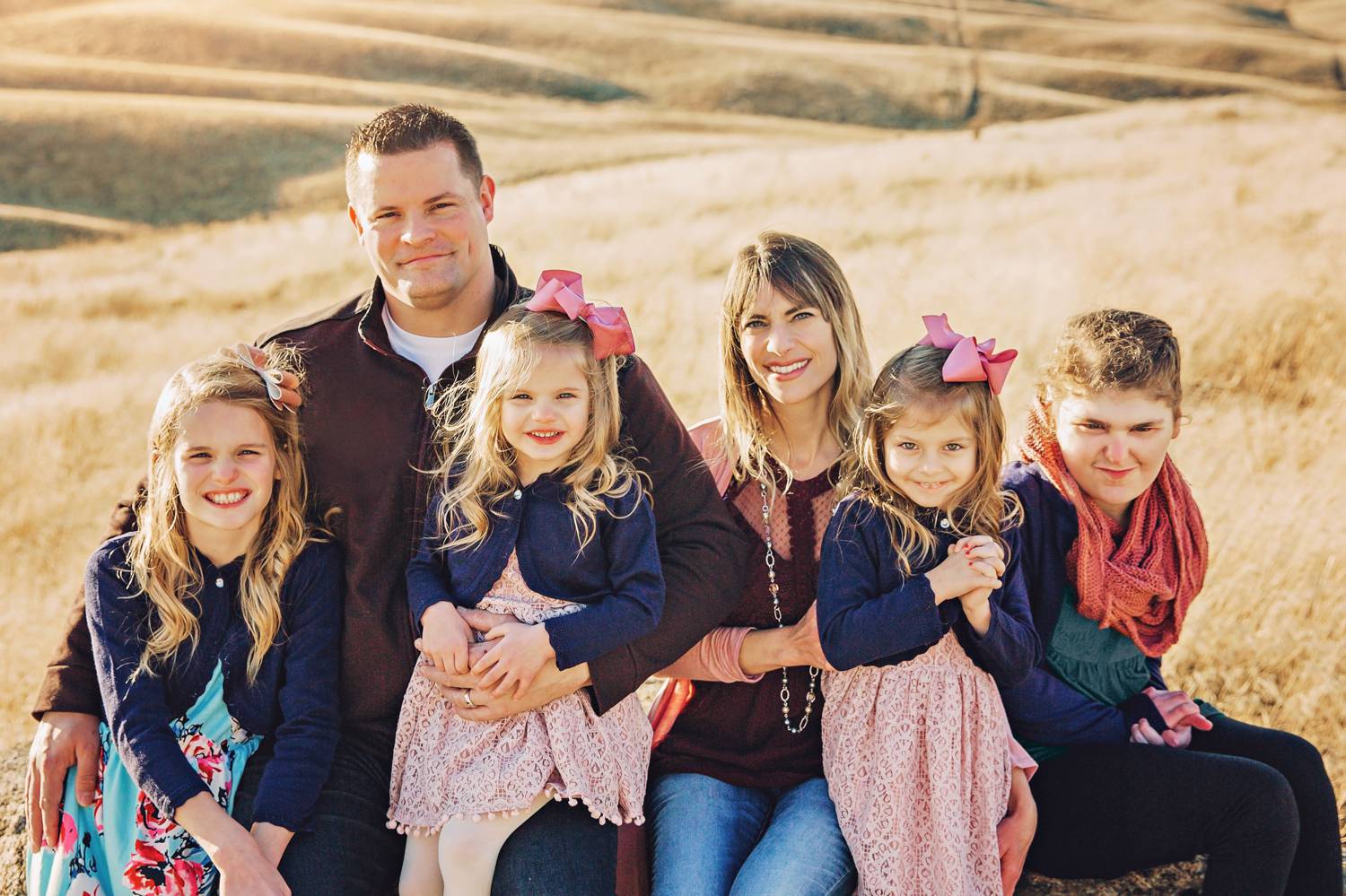
Danielle Torres
#5: Provide tons of pre-shoot reassurance
In her pre-session consultation, Danielle doesn’t just learn about the family. She also assures them that there is no need to stress about their session.
She tells them, “It’s okay if your child cries, if the kids run around, if they don’t smile at me. And it’s okay if they are curious about my camera and want to touch it or take a few pictures. It’s okay for the child to be EXACTLY who they are.”
Sasha’s sweet moments
“For *Sasha and her family’s session, I knew I needed to have several Dr. Seuss rhymes locked and loaded to chant loudly, a toy with flashing lights, and some sort of noise maker to direct attention. This wasn’t my first time photographing this amazing family, so I felt very confident going into their session.
“However, once we made it to the shooting location, Sasha had an unexpected meltdown. She didn’t like that we were on a hill, and she began to cry. I immediately reassured the parents that this was okay. They knew I was flexible on shoot time, so they were able to relax and comfort Sasha until she could calm down and was ready to play again.
“In the meantime, I got all of her siblings’ shots done and was able to capture a tender moment of her and her parents doing what they do best: loving each other and working through the tears and fears. The end result was a beautiful mix of emotions and real life moments.”
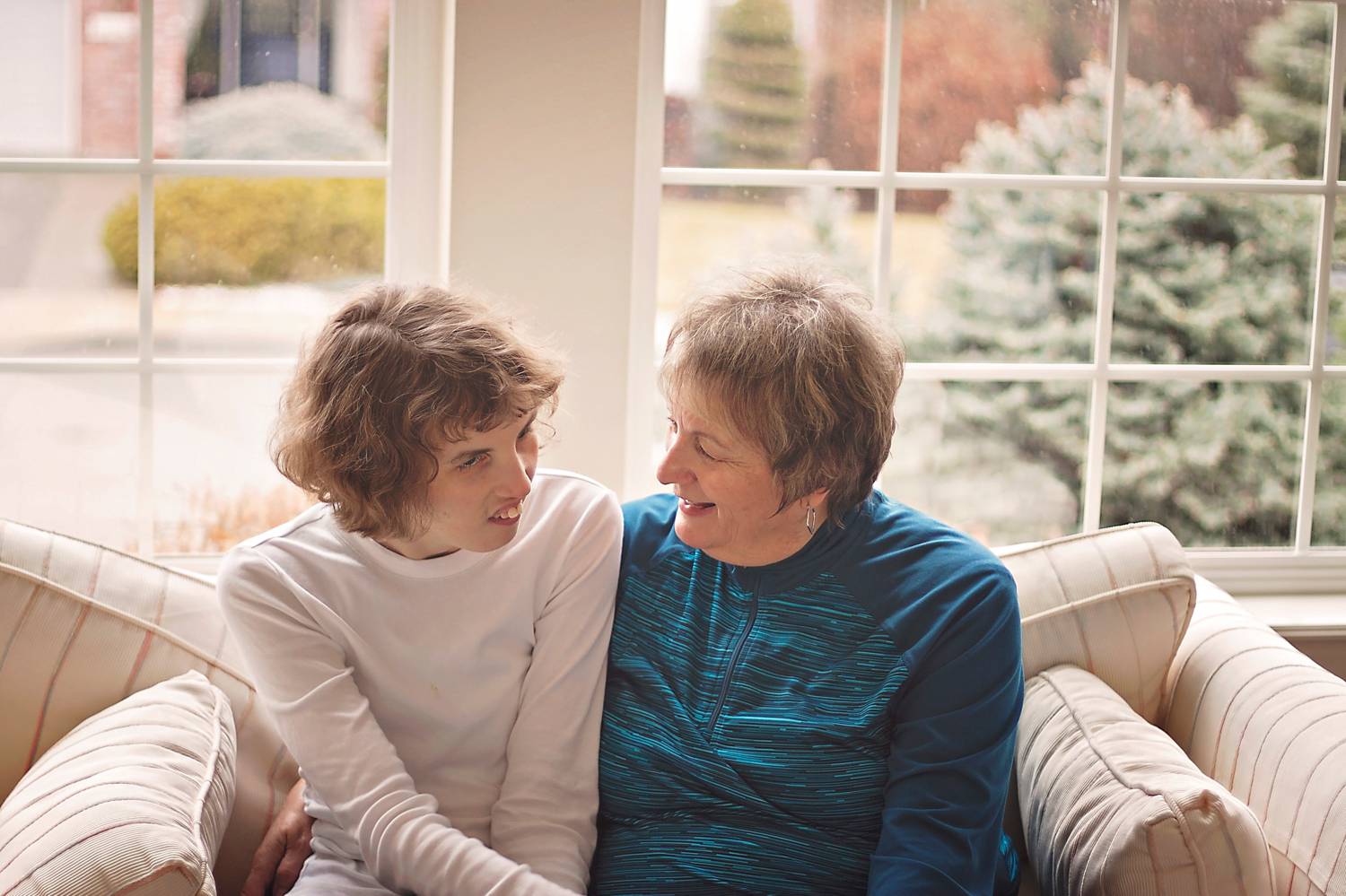
Danielle Torres
#6: Remember: kids are people
Danielle explains it this way: “Like any other family, these families just want to be loved and respected.”
She says it’s critical to talk directly to the child, even if they’re non-verbal or choose not to make eye contact. That young person is your client, and engaging them directly is a must.
For example, Danielle shares, “If you have a kid in a wheelchair, and you want to know if they can do a wheelie, ask the kid—don’t ask mom or dad. If the parents need to clarify, I promise: they will jump in!”

Danielle Torres
#7: Learn THIS important editing skill
“It is VITAL that you know how to head swap,” Danielle tells me.
Why is this? Because she often snags only a handful of smiling photos of a kiddo, and those visibly happy pictures can be used to enhance photos where smiles are absent. You just need to know a few Photoshop tricks.
Here’s a nifty tutorial that shows you how to swap faces in Photoshop!
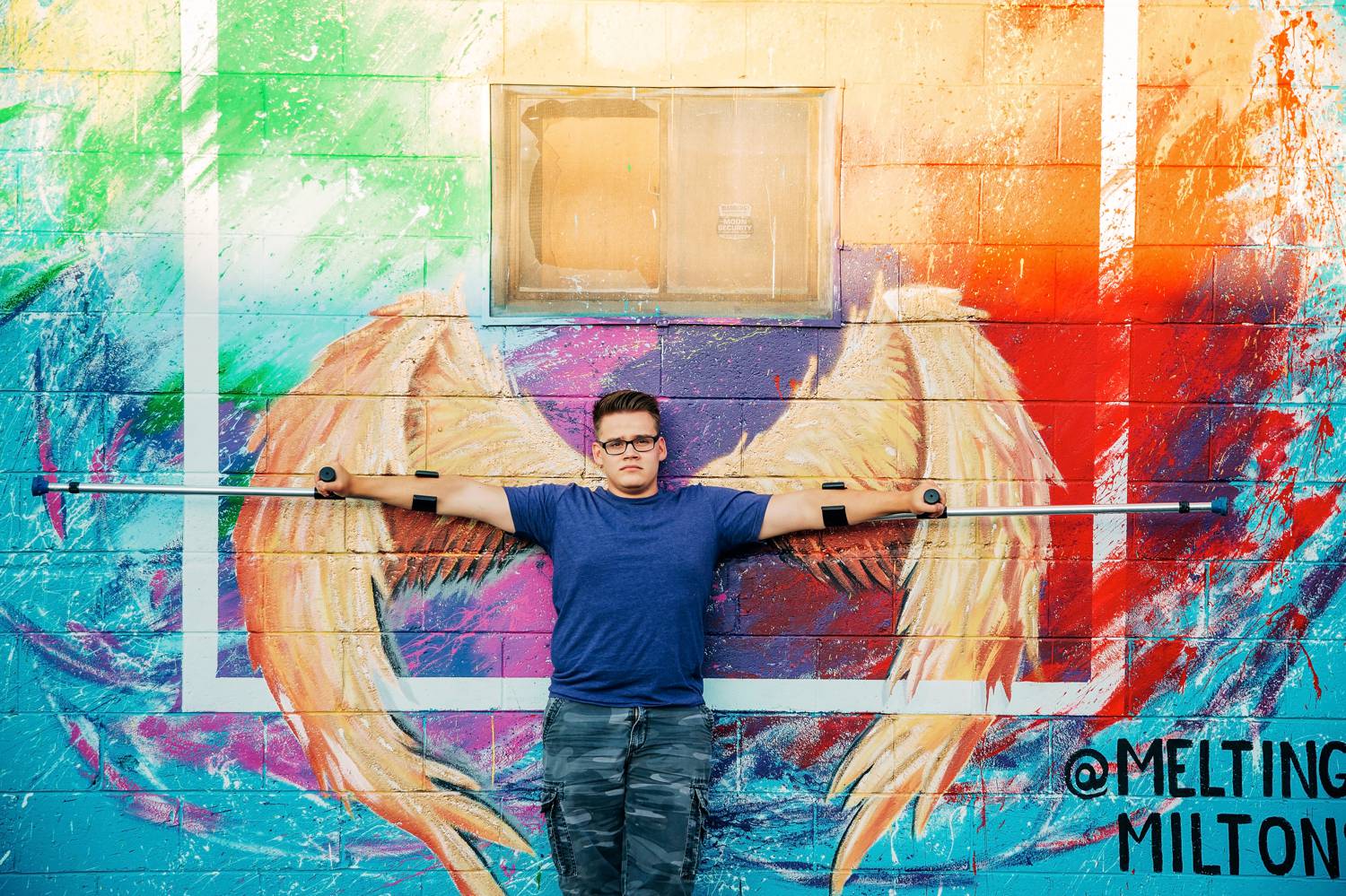
Danielle Torres
Magical memories with precious people
Danielle’s final piece of advice was this: “Do your prep work, stay calm, and enjoy the privilege of working with these wonderful humans!”
I couldn’t have said it any better myself.
Written by ANNE SIMONE | Photographs by DANIELLE TORRES
*Kids’ names were changed to protect their privacy.

